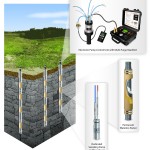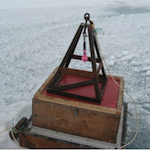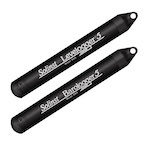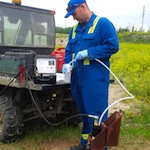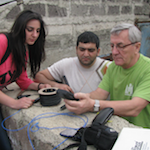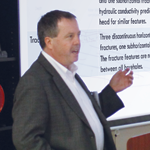High-Resolution Site Characterization With Multilevel Systems
Within the last few years, the U.S. EPA added a new focus area on high-resolution site characterization (HRSC) to their Contaminated Site Clean-Up Information (CLU-IN) website. The U.S. EPA’s definition of HRSC is: “High-resolution site characterization (HRSC) strategies and techniques use scale-appropriate measurement and sample density to define contaminant distributions, and the physical context in… Continue Reading »


